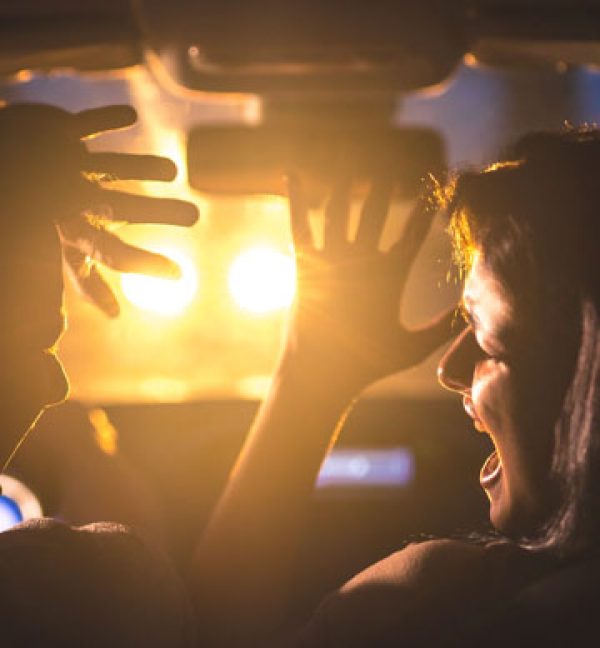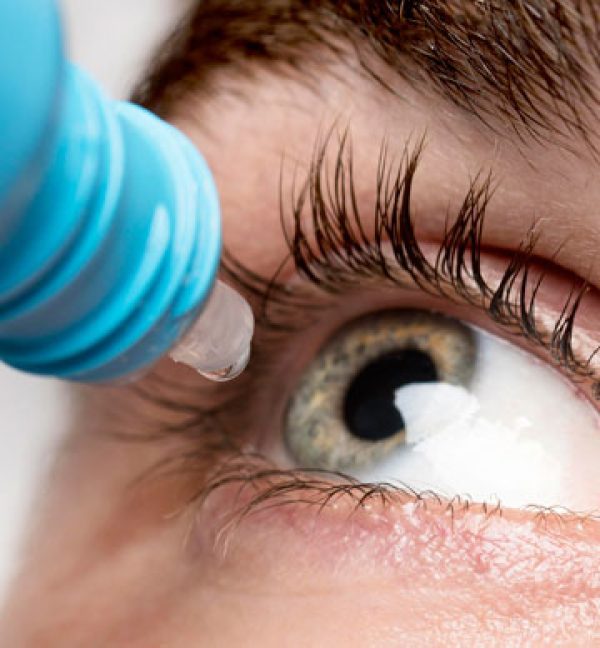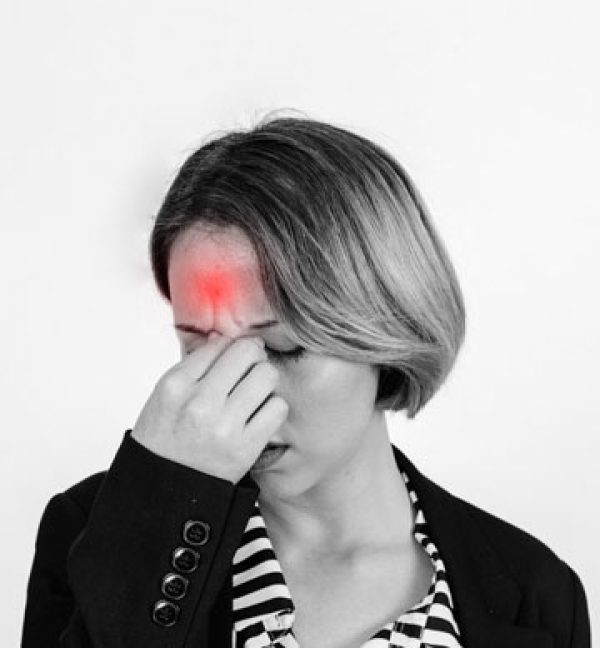You are amazing
Your brain can process an image faster than the blink of an eye.
Medical Eyewear & Lenses
We offer a range of specialist medical tints and frames.
What is Dry Eye
Dry eye syndrome, also known as dry eye disease or simply dry eye, is a common condition that occurs when the eyes don’t produce enough tears or when the tears evaporate too quickly. Tears are necessary for maintaining the health of the front surface of the eye and for providing clear vision. When there is an imbalance in the tear film, it can lead to discomfort, irritation, and other symptoms.
Symptoms of dry eye can include:
- Burning or stinging sensation in the eyes
- Itching or redness
- Sensitivity to light
- Blurred vision
- Feeling like there’s something in the eye
- Eye fatigue or discomfort, especially after reading, using digital screens, or being in dry or windy environments
Risk factors for dry eye syndrome include ageing, being female (due to hormonal changes), certain medical conditions such as autoimmune diseases, environmental factors like dry climate or exposure to smoke, and certain medications.
Treatment for dry eye can vary depending on the severity and underlying cause but may include the use of artificial tears, prescription eye drops to reduce inflammation, lifestyle changes such as using a humidifier or taking breaks from digital screens, and in some cases, procedures to block tear drainage or increase tear production. It’s essential for individuals experiencing symptoms of dry eye to consult with an eye care professional for proper diagnosis and treatment.
What are FL-41 lenses
FL-41 lenses are a specific type of tinted glasses designed to help alleviate symptoms associated with light sensitivity, particularly for individuals who suffer from conditions such as migraines, blepharospasm (involuntary blinking), and photophobia (sensitivity to light). These lenses are named after the specific filter they use, which was originally developed by researchers at the University of Utah in the 1980s.
FL-41 lenses typically have a rose or pink tint, which selectively filters certain wavelengths of light. They are designed to block out specific wavelengths of light that are known to trigger or exacerbate light sensitivity symptoms in some individuals, while allowing other wavelengths of light to pass through. The exact wavelengths filtered may vary depending on the specific formulation of the FL-41 tint.
These lenses are often recommended by healthcare professionals, particularly optometrists and ophthalmologists, for individuals who experience significant discomfort or pain due to light sensitivity. By wearing FL-41 lenses, many people find relief from symptoms such as headaches, eye strain, and general discomfort associated with exposure to bright lights or certain types of artificial lighting.
It’s important to note that while FL-41 lenses can be beneficial for many individuals with light sensitivity, they may not work for everyone, and the effectiveness of these lenses can vary from person to person. Additionally, FL-41 lenses are not a cure for underlying conditions that cause light sensitivity, but rather a management tool to help reduce symptoms. If you experience light sensitivity or other vision-related issues, it’s essential to consult with an eye care professional for proper evaluation and management.

Computer Glasses with blue blocker
Blue-blocking computer glasses are eyewear designed to reduce the amount of blue light exposure from screens such as computers, smartphones, and tablets. These glasses typically have lenses with a special coating that filters out or blocks a portion of the blue light emitted by digital devices. Blue light is a type of high-energy visible (HEV) light that is emitted by many modern electronic devices, and prolonged exposure to it, especially in the evening or at night, has been linked to eye strain, disrupted sleep patterns, and other health issues.
By wearing blue-blocking computer glasses, users may experience reduced eye strain, improved comfort during prolonged screen use, and potentially better sleep quality, particularly if they use electronic devices before bedtime. These glasses are increasingly popular among individuals who spend a significant amount of time in front of screens, such as office workers, students, and gamers.
Blue light also disturbs sleep

How to make driving at night more comfortable
Driving at night, especially when confronted with bright headlights from oncoming vehicles, can exacerbate photophobia for some individuals. The intense brightness of headlights can cause discomfort, glare, and difficulty seeing clearly, particularly for those who already have heightened sensitivity to light. This situation can be challenging and potentially dangerous for drivers with photophobia.

What is Photophobia?
Photophobia is a medical term used to describe extreme sensitivity to light. People with photophobia experience discomfort or pain when exposed to light, including natural sunlight and artificial light sources such as fluorescent or incandescent bulbs. This sensitivity can cause symptoms such as squinting, tearing, headache, or even nausea. Photophobia can be a symptom of various medical conditions, including migraine headaches, eye infections, corneal abrasions, or inflammatory disorders affecting the eyes. It can also be a side effect of certain medications. Treatment for photophobia depends on the underlying cause but may include wearing sunglasses, adjusting lighting conditions, or addressing the underlying medical condition.

